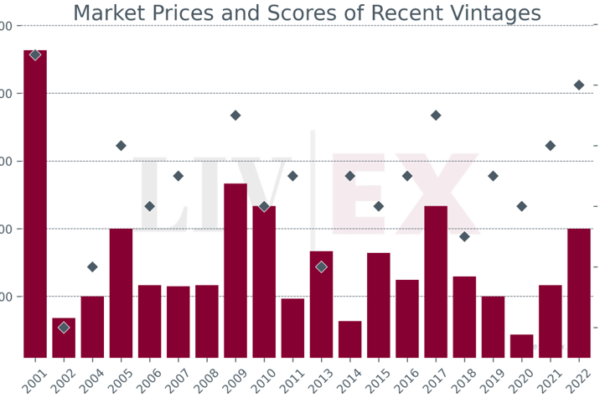
Ducru Beaucaillou:
Owner: Bruno Borie and family
Appellation: St Julien
Vineyard area: 100 hectares
Average annual production: 120,000 bottles p/a
Second wine: La Croix de Beaucaillou
History
Having once formed part of Beychevelle, the vineyards that were destined to become Ducru Beaucaillou were partitioned and sold off in the 17th century to cover the cumbersome debts of the chateau’s late owner. By 1720 the fledgling estate was run by the Bergeron family, who named it Beaucaillou – or “beautiful pebbles” – after its stony terroir. Following their 70-year tenure, Beaucaillou was bought by Bertand Ducru. As well as appending his name to the property, Bertrand and his children invested heavily in the vineyards and contributed much to the quality of the wine. Their efforts culminated in the chateau’s classification as a Second Growth in 1855, placing it alongside the likes of the Leovilles and Cos d’Estournel. A decade later, however, Bertrand’s daughter Marie-Louise sold Ducru Beaucaillou to Lucie-Caroline Dassier, the wife of a wealthy wine merchant. Lucie-Caroline’s husband, Nathaniel Johnston, went on to become Mayor of St Julien, though his role in the discovery of Bordeaux mix – a copper sulphate solution that ameliorated mildew – is perhaps his most famous achievement.
After Lucie-Caroline’s death, Nathaniel Johnston married Princess Marie Caradja of Constantinople and the couple commissioned an award-winning architect to extend and redesign the chateau to suit Victorian fashions. But economic hardships in 1929 forced the Johnstons to leave their palatial home and in 1941 it was bought by Francis Borie. Today the Bories own a number of chateaux in the Medoc, including Grand Puy Lacoste and Haut Batailley. Ducru Beaucaillou has been run by Francis’ grandson, Bruno, since 2003.
Market Performance

Prices for Ducru Beaucaillou soared during the China-led bull market of 2009-11 and outpaced increases for its parent index, the Left Bank 200. Although both initially declined at a similar pace after the market rolled over in June 2011, Ducru held a steadier level from the beginning of 2012 and has since shown signs of recovery. Over five years, it is up 19.6%; the Left Bank 200 is down 1.2%.
Vintage Prices

Of Ducru’s recent vintages, the 2008 has been the biggest riser over the past 12 months: its market price has moved from £780 to £850 per 12×75, an increase of 9.0%. As the chart below shows, it is one of the higher-scored vintages but is still available at a significant discount to the “great” vintages of 2005, 2009 and 2010. Robert Parker called it “one of the stars of the vintage”. The next best performer is the 2012, which is up 8.1%.
Other vintages that look to offer relative value, shown below, include 2006 and 2014.

You can view more historic price data for Ducru Beaucaillou vintages on Cellar Watch by clicking here. Cellar Watch subscribers can track the prices of Ducru Beaucaillou vintages by adding them to a cellar. Sign up here.
[mc4wp_form id=”18204″]



